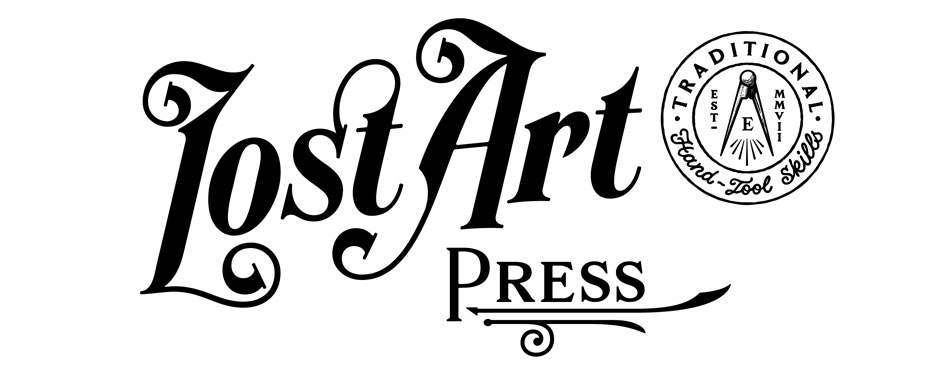After almost three decades of woodworking and writing about woodworking (and its occasional excesses), I am not easy to impress. I’ve been to all the big woodworking shows (including IWF and AWFS multiple times). And I’ve been to factories and stores all over the world.
But Dictum’s new headquarters in Plattling left me fairly speechless.
I have worked as an instructor for Dictum for many years and continue to work for the company because it it is on the same ethical wavelength as I am. Dictum takes a long view with its business practices, in everything from the way it treats it employees, to the fixtures it chooses for its bathrooms.
So yes, I am biased. I am a huge fan of the company and its employees.
This summer I got to visit the company’s new headquarters building after wrapping up a long day of teaching a workbench class. I can honestly say I’ve never seen a woodworking facility like this. Though I’ve never visited Google, Apple or Facebook headquarters, I imagine they might be something like this.
Everything is modern, open, airy and friendly. All the tools are hanging on the walls and can be taken down for inspection or use. The showroom is (easily) as twice as large as Highland Woodworking, the largest woodworking store I’ve ever visited.
There are separate areas for the knives, the leatherworking tools, the woodworking hand tools and the machinery. And there is a large section of Filson workwear – a bit of a surprise but not really.
After an hour in the showroom one of the employees took us of a tour of the warehouse and offices. I have never seen a cleaner or more efficient shipping operation (and I’ve seen a lot). And the offices and public employee areas made me re-think being self-employed (only a bit).
So if you are in southern Germany, a visit to Dictum is definitely worth the effort, whether it’s the company’s headquarters in Plattling or the store and school in Munich (which is where I’m teaching this fall).
One more thing: If you’ve been reading this blog for longer than 5 minutes then you know this isn’t a sponsored post. Dictum didn’t give me any tools for free. They worked me like a dog and paid me a fair wage.
— Christopher Schwarz










 My daughter Maddy says she has about
My daughter Maddy says she has about 
